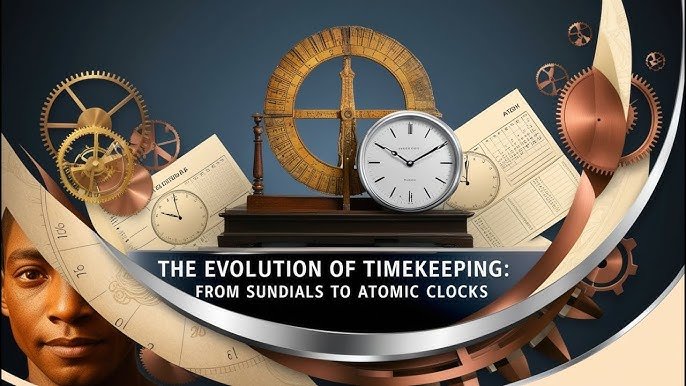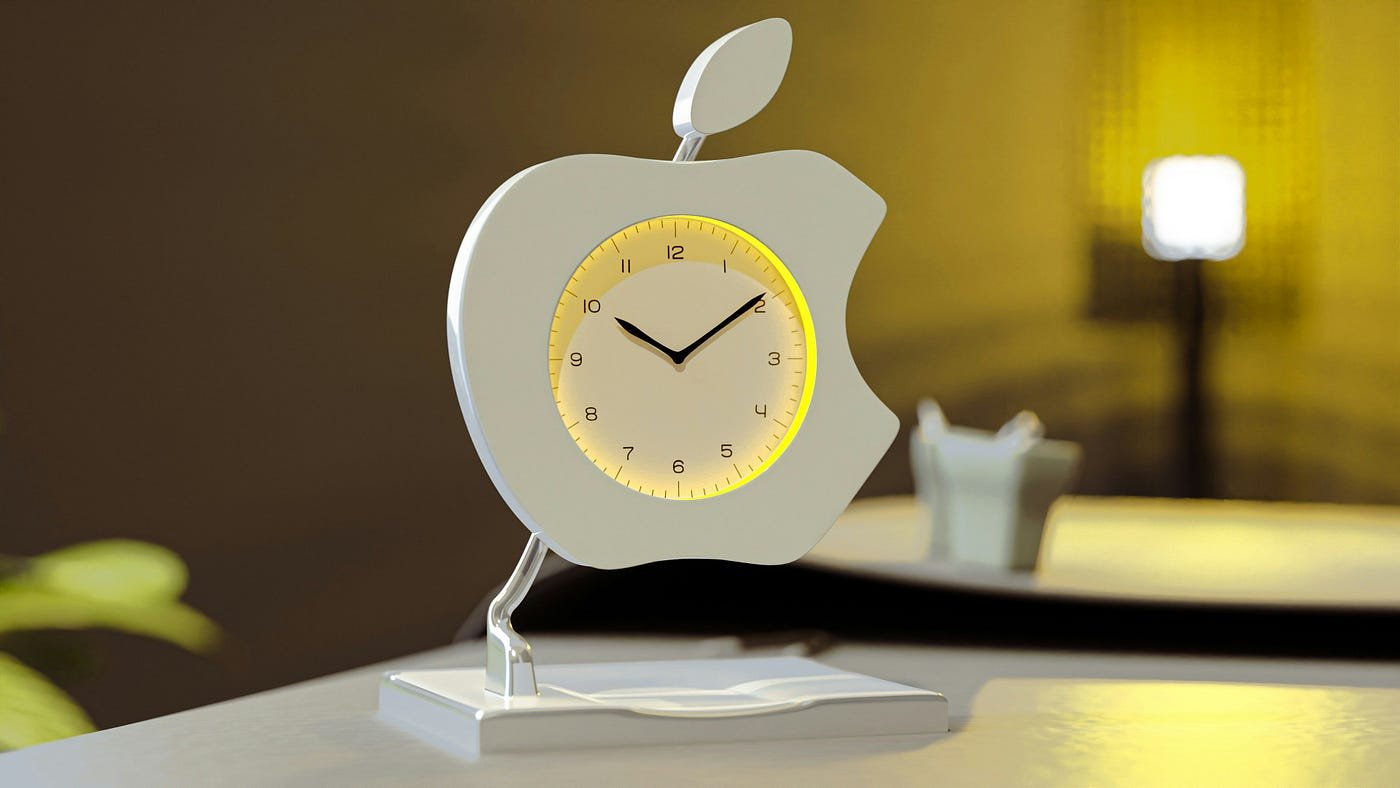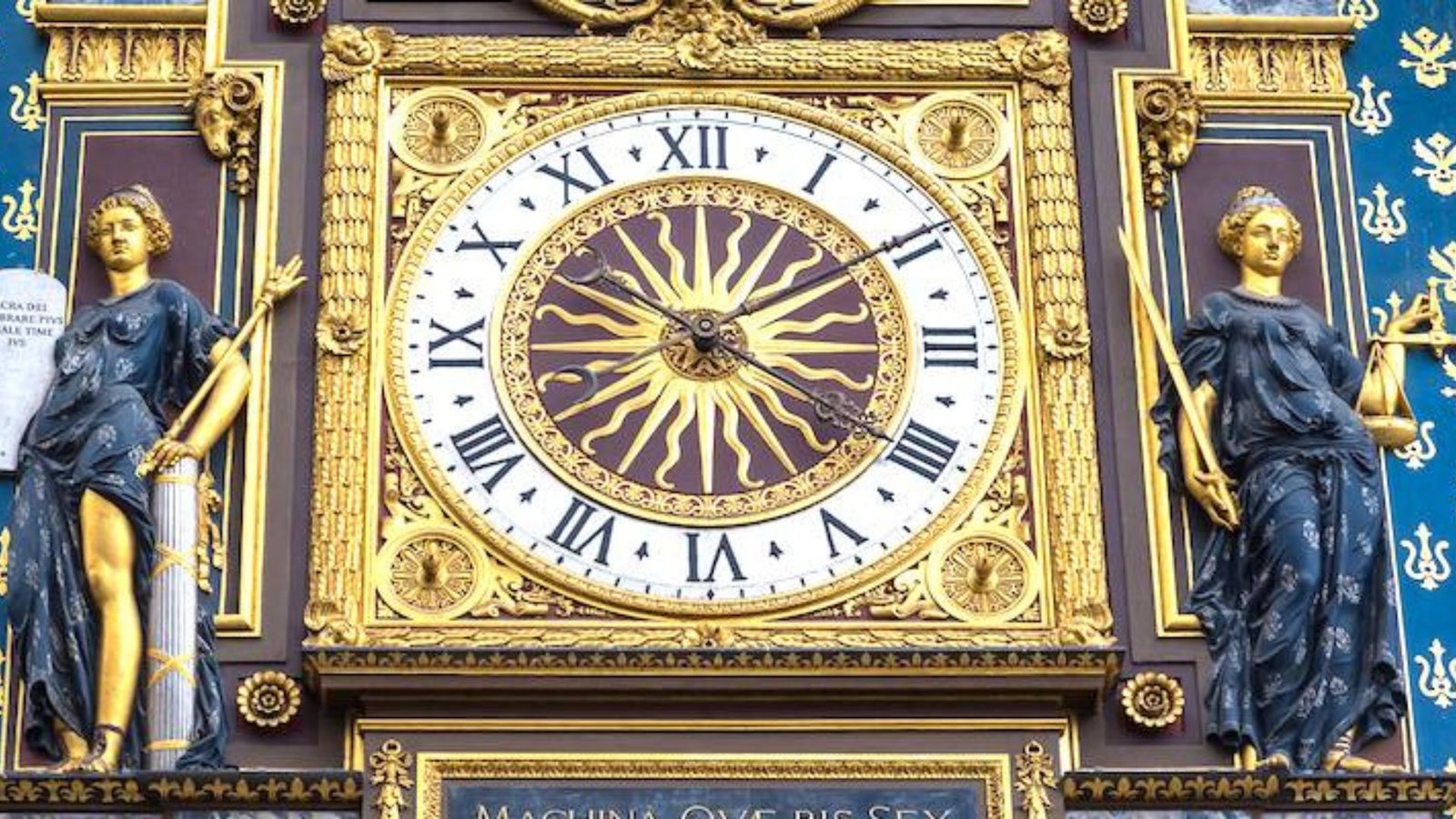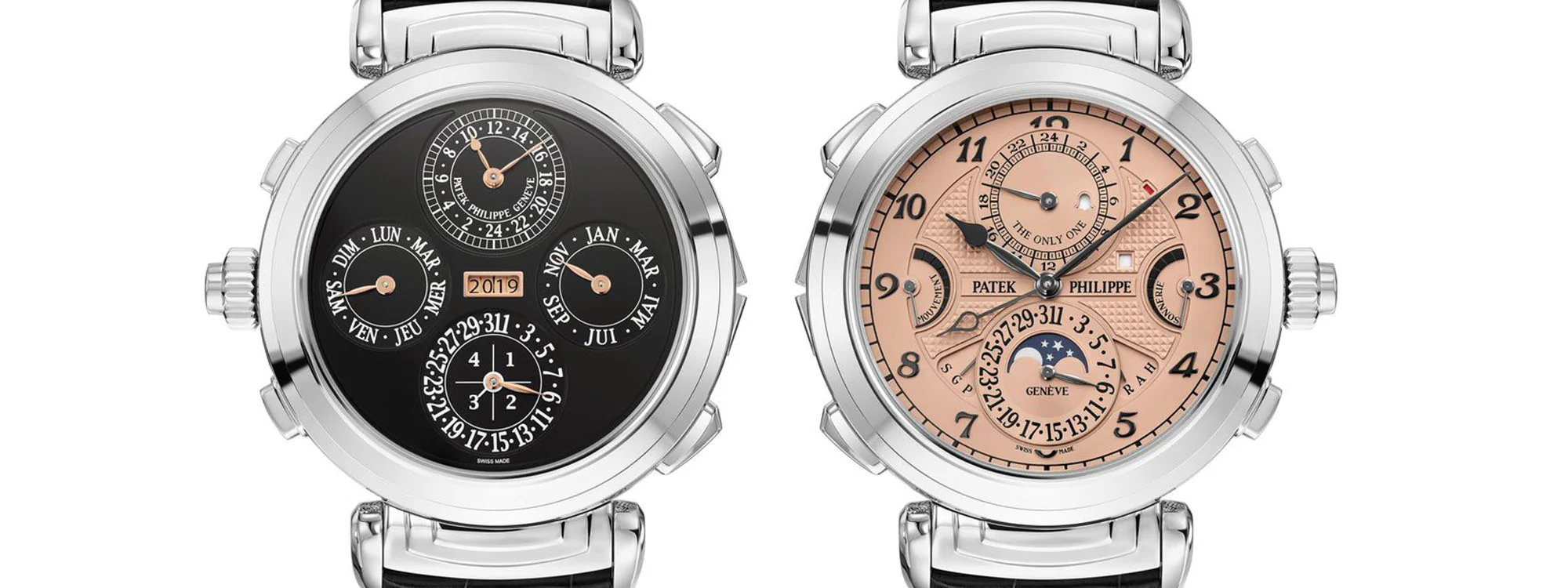Timekeeping has played an essential role in shaping human civilization, guiding daily activities, religious ceremonies, navigation, and more. The evolution of clocks, from the earliest sundials to modern smart clocks, reflects humanity’s continuous quest to measure time with greater accuracy and precision. In this post, we explore the milestones in clock development, tracing their origins from ancient times to the technological advancements of today.
Sundials: The First Timekeepers
The earliest known form of timekeeping, sundials, date back to ancient Egypt around 1500 BCE. Sundials used the sun’s position to cast shadows on a flat surface marked with time intervals. This simple yet effective method allowed civilizations to measure daylight hours and track the passage of time. However, sundials had limitations—they only worked during the day and in good weather.
Key features of sundials:
- Dependence on sunlight: Sundials functioned only in daylight and clear skies, which limited their use.
- Variety of forms: From simple ground markers to elaborate stone structures, sundials were adapted by different cultures around the world.
Water Clocks and Mechanical Innovations
With the limitations of sundials, ancient societies sought more reliable ways to track time. Water clocks, also known as clepsydra, were among the earliest alternatives. These devices measured time based on the flow of water from one container to another. They were used in places like ancient Greece, Egypt, and China, offering a more consistent timekeeping method, especially at night.
However, water clocks still lacked precision, paving the way for mechanical innovations. By the 13th century, Europe witnessed the rise of mechanical clocks. These early clocks used gears, weights, and escapements to regulate time more accurately.
Key developments:

- Escapement mechanism: This device helped control the release of energy, allowing clocks to tick at regular intervals.
- Tower clocks: Large public clocks were built in medieval towns, often housed in towers and ringing bells to announce the time.
The Invention of Pendulum Clocks
The invention of the pendulum clock by Dutch scientist Christiaan Huygens in 1656 revolutionized timekeeping. Pendulum clocks were far more accurate than previous mechanical designs, reducing time discrepancies to mere seconds per day. This innovation made it possible to track time with a level of precision that transformed navigation, science, and daily life.
Key features:
- Improved accuracy: Pendulum clocks kept time within a fraction of a second, dramatically improving over older mechanical clocks.
- Wide use in homes and public spaces: Pendulum clocks became standard fixtures in homes, businesses, and churches, marking a new era of reliable timekeeping.
Pocket Watches and Portable Timekeeping
The 17th century also saw the rise of portable clocks, particularly in the form of pocket watches. Compact and portable, pocket watches allowed individuals to carry time with them, a significant leap from stationary clocks. Innovations in watchmaking, especially in Switzerland, set the stage for modern wristwatches.
Key features:
- Personal timekeeping: Pocket watches symbolized the growing importance of time management in personal and professional life.
- Craftsmanship: With their intricate designs and mechanical complexity, pocket watches were prized as both functional devices and status symbols.
The Quartz Revolution
The next significant leap in clock evolution came in the 20th century with the development of quartz clocks in the 1920s. Quartz clocks used the oscillation of quartz crystals to keep time, offering unprecedented accuracy. Quartz technology quickly became the standard in both wristwatches and household clocks due to its reliability and affordability.
Key features:
- Greater precision: Quartz clocks maintain near-perfect accuracy, with discrepancies of only a few seconds per year.
- Mass production: The development of quartz technology enabled the mass production of affordable and accurate clocks, making them accessible to people around the world.
Atomic Clocks and Ultra-Precision Timekeeping
For scientific purposes, even greater accuracy was needed, leading to the development of atomic clocks. First introduced in the 1950s, atomic clocks use the vibrations of atoms (typically cesium or rubidium) to measure time with astonishing precision. These clocks are so accurate that they can measure time down to the nanosecond and are used to regulate global time standards.
Key features:
- Unmatched precision: Atomic clocks are used in GPS systems, telecommunications, and scientific research, where even microseconds matter.
- Time standardization: Atomic clocks have become the global standard for timekeeping, defining the accuracy of Coordinated Universal Time (UTC).
The Age of Smart Clocks
In recent years, the rise of smart clocks has transformed timekeeping once again. These modern devices do more than tell time—they integrate with smartphones, track health metrics, display weather updates, and even control smart home systems. Smart clocks represent the fusion of timekeeping with advanced digital technology, offering convenience and connectivity in everyday life.
Key features:
- Multifunctional: Smart clocks and watches combine traditional timekeeping with features like fitness tracking, GPS, and voice commands.
- Integration with smart technology: Many smart clocks integrate with other devices, allowing users to control their smart home, set reminders, and receive notifications.
Conclusion: A Journey Through Time
The evolution of clocks is a testament to humanity’s quest for precision and efficiency. From ancient sundials to atomic clocks and modern smart devices, the history of timekeeping reflects the technological advancements and societal changes of each era. As clocks continue to evolve, their role in shaping the way we live, work, and interact with the world remains as crucial as ever.




